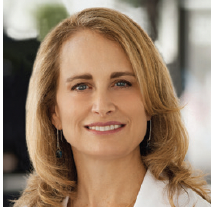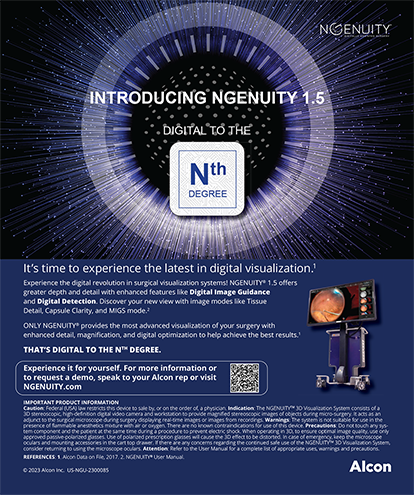“Every day, work to refine the skills you have and to add new tools to your repertoire.”
– Andrew Hunt

January is a time of renewal and New Year’s resolutions for many. It is a chance to evaluate the previous year’s highs and lows and lessons learned. The end of the year unites us in the act of reflection, but examining the past to improve the future is something that should happen continually rather than just annually. Ophthalmologists wear many hats. As business owners, we look back at the financials of the past month; as managers, we consider staff performance; as clinicians, we review treatment outcomes; and as surgeons, we reflect on past surgical successes.
Memory is a fickle thing. If it’s not highlighting our failures and distorting the incidence of more worrisome or time-consuming outcomes such as unhappy patients, it’s skewing our remembered data such as residual refractive errors after cataract surgery to more optimal outcomes.
A few strategies can help us sort through the noise and make decisions based on facts and objective data. Benchmarking tools and programs such as those from the Outpatient Ophthalmic Surgery Society, AAO (AcadeMetrics survey), and American Society of Ophthalmic Administrators (ASOAnalytics) include data from hundreds of national practices in different specialties, allowing a practice to compare its key performance indicators to others’. Additionally, internal comparison to past months and years can help practice owners identify problems and opportunities earlier so the practice can evolve and grow.
Electronic health records have yet to meet their original promise of improving communication between providers and streamlining documentation. Data analysis for monitoring and improving outcomes, however, is coming to fruition through digital planning software such as Veracity (Carl Zeiss Meditec), Smart Solutions (Alcon), and Eyetelligence (Bausch + Lomb) that can close the loop by integrating outcomes data and refining surgical planning.
When it comes to surgical technique, we replay the steps that might have led to a complication and how we managed it either in our heads or, even better, by reviewing surgical videos. Technique refinements through constant examination of the details of surgery leads to the formation of personal best practices to avoid and manage complications. The CRST Timeless Tips Video Contest features must-read and must-see content that allows us to benefit from other surgeons’ reflections on what makes cataract surgery most efficient, safe, and successful.
In January, we renew our commitment to renewal. In the first weeks of a new year, I read articles, listen to lectures, and watch videos to refine my business, clinical practice, and surgical skills. I am fortunate to live in a time when the wisdom and reflections of others globally can be easily accessed. The cycle of data acquisition, critical analysis, and dissemination of the findings is quicker, and there are more data points and a more diverse and greater number of experts weighing in. What better way to jump-start the new year than by learning from the reflections and refinement efforts of our esteemed colleagues in ophthalmology?




